Remembering China’s last emperor, Puyi, 50 years after his death

On a sunny day in 1960 in the Beijing Botanical Garden, a bespectacled man in a Mao jacket nurtured a small bed of flowers. Many had forgotten that this gardener had once been responsible for more than just a patch of land. This workman, commonly known as Puyi, had once owned the entire empire.
Born in 1906, the last Chinese emperor, Aisin Gioro Puyi, started his reign when he was only two. He was chosen to be the emperor by Empress Dowager Cixi. Throughout his tumultuous life, Puyi was crowned and deposed three times.

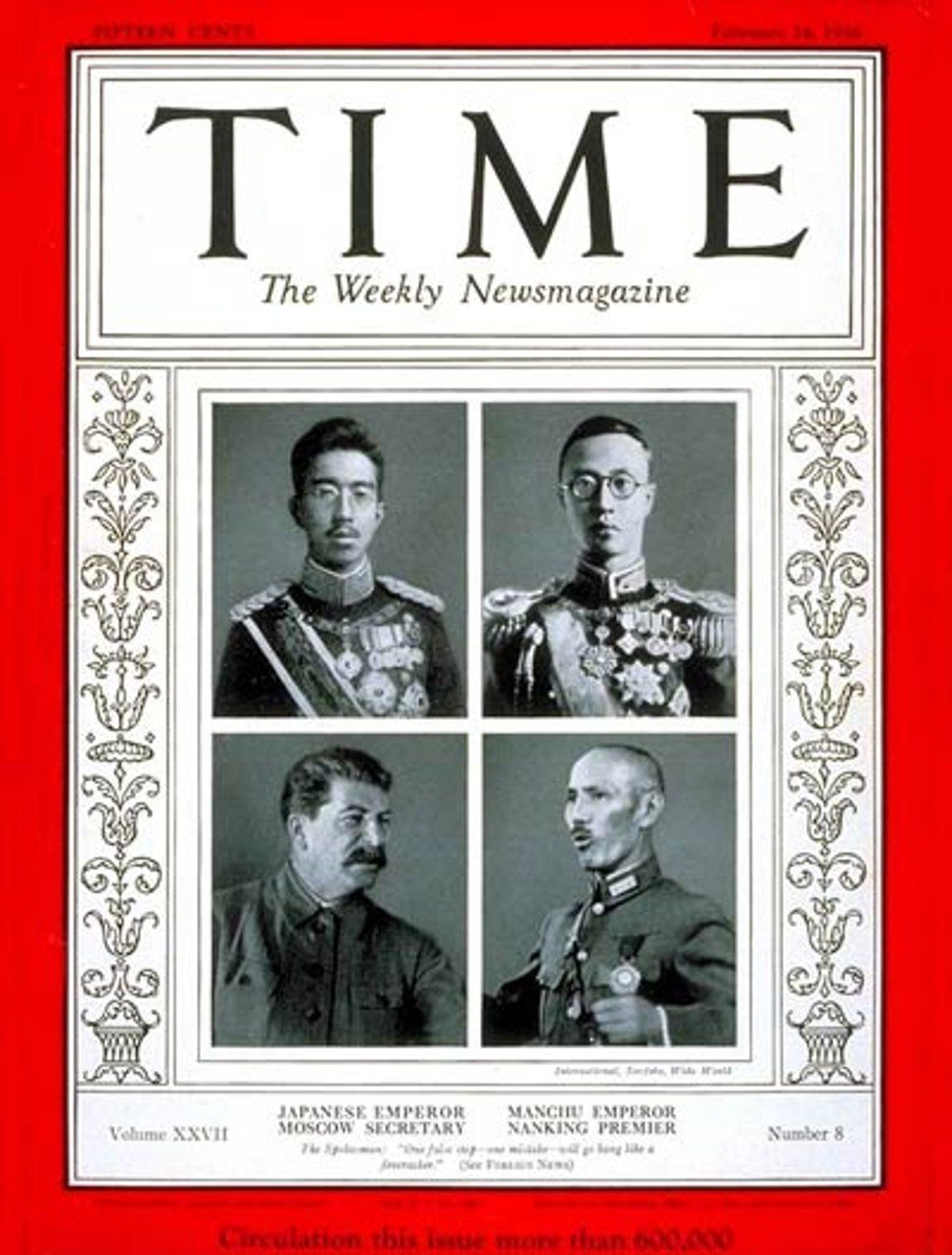
To mark the 50th anniversary of Puyi’s death, we browsed through the archives of the Palace Museum – the place where Puyi had once called home – to find some of Puyi’s possessions. The relics reflect the imperial life of the last Chinese emperor, and the fading glory of the Qing dynasty. After Puyi became a regular citizen, he too had to buy a ticket to enter his old home.

The gold eyeglasses
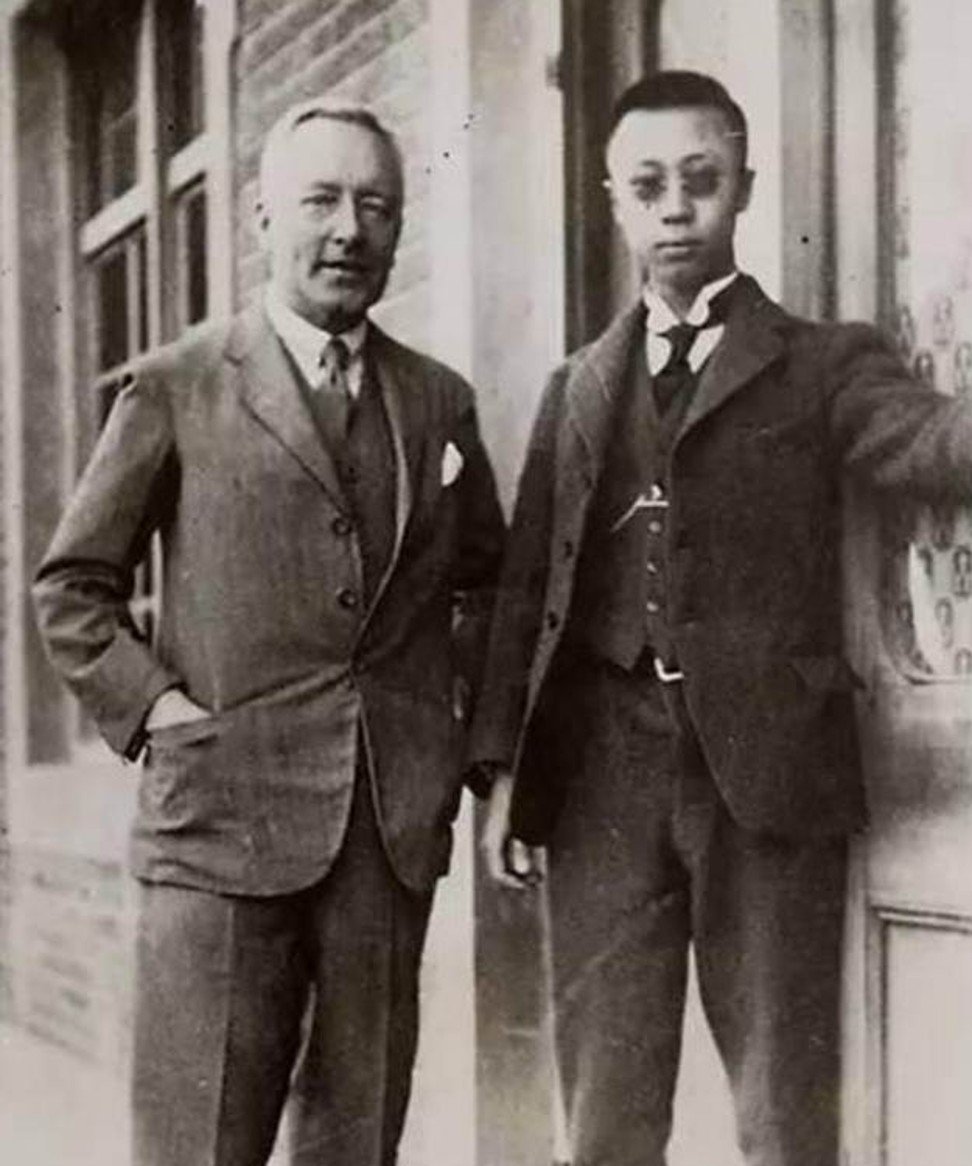
In 1919, Scottish diplomat Reginald Johnston was appointed as tutor to 13-year-old Puyi. He insisted on taking the short-sighted Puyi to an optometrist, despite the objection of the former imperial concubines, who thought it was a violation of tradition for the Dragon Emperor to wear glasses.

The above picture shows a pair of Puyi’s eyeglasses collected by the Palace Museum. The pair had oval-shaped lenses with a 14ct gold metal frame and was made by an optical company named Jing Yi. The arms were flexible and could be tweaked to fit the wearer’s head.
The Swiss-made watch
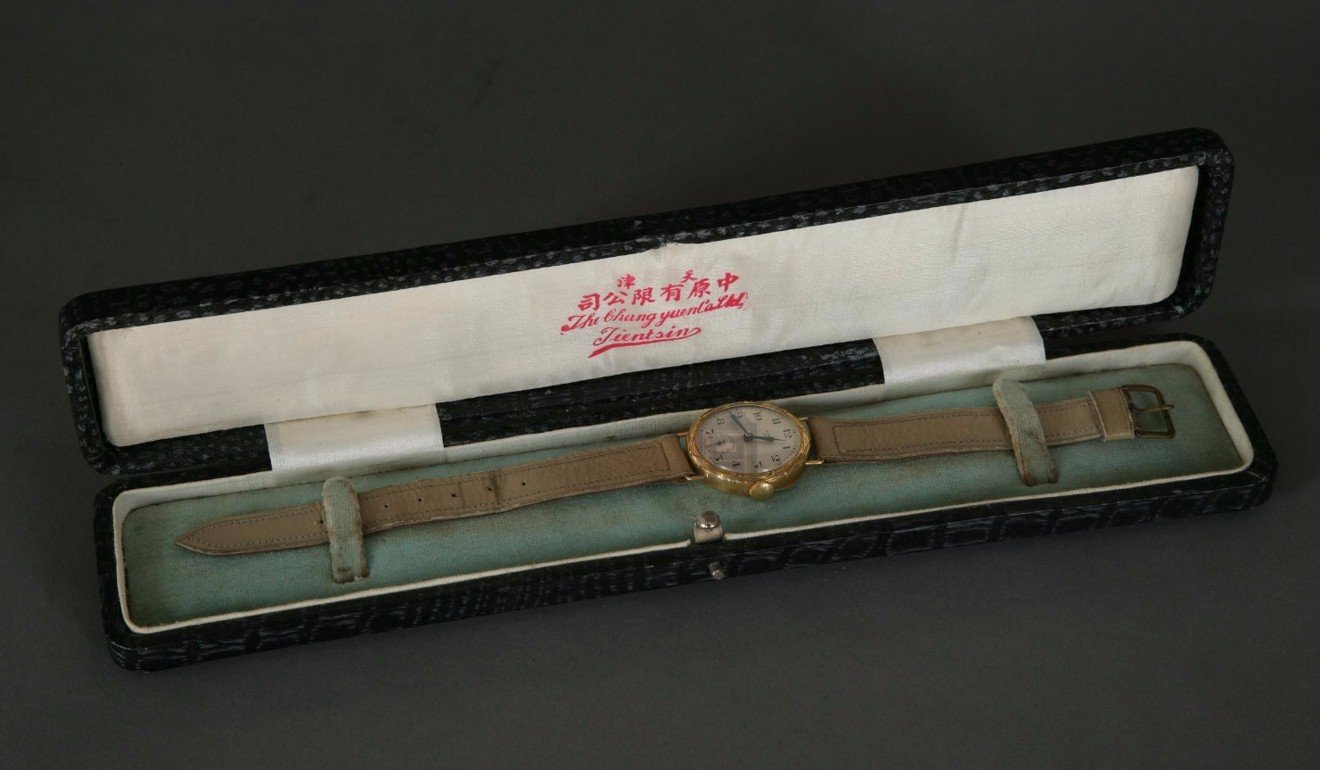
The timepiece, in a gold case, was kept in a box made of black shark skin. A docket with a signature was attached, suggesting that the Swiss-made watch was a gift for Puyi from a Japanese official.
The golden lacquered wooden bird cage

This decorative bird cage is reminiscent of the popular habit of taking a walk with a pet bird during the Qing dynasty.
With a height and width of 49cm and 29cm respectively, the cage was made the same size as a real bird cage. When the cage was turned on, the mechanical bird inside would sing and rotate.

The gramophone
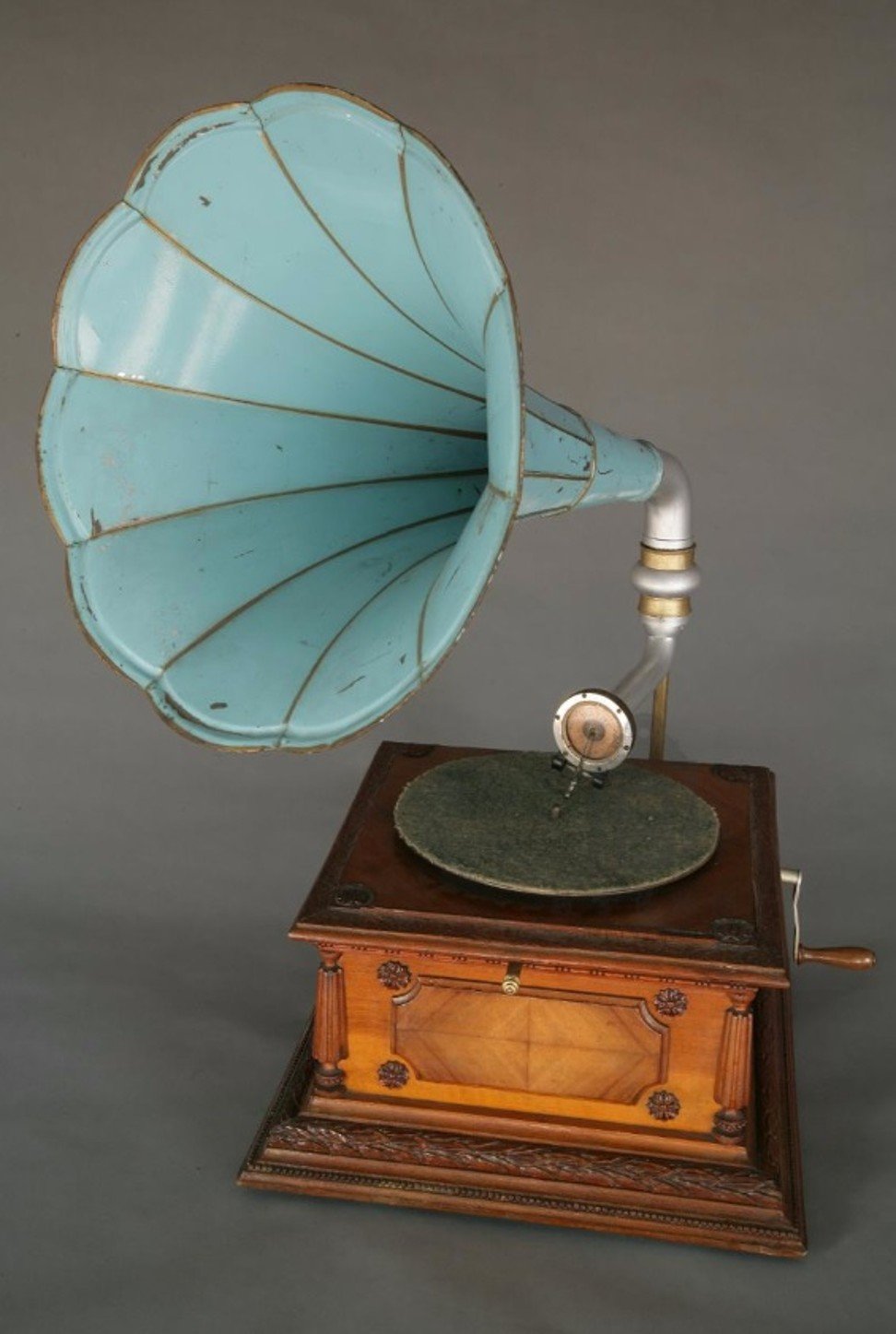
Puyi’s gramophone was imported to China in the early 20th century and quickly became a source of entertainment at the Qing Palace. He used to play vinyl records featuring both Peking opera songs and foreign songs.
The poker cards
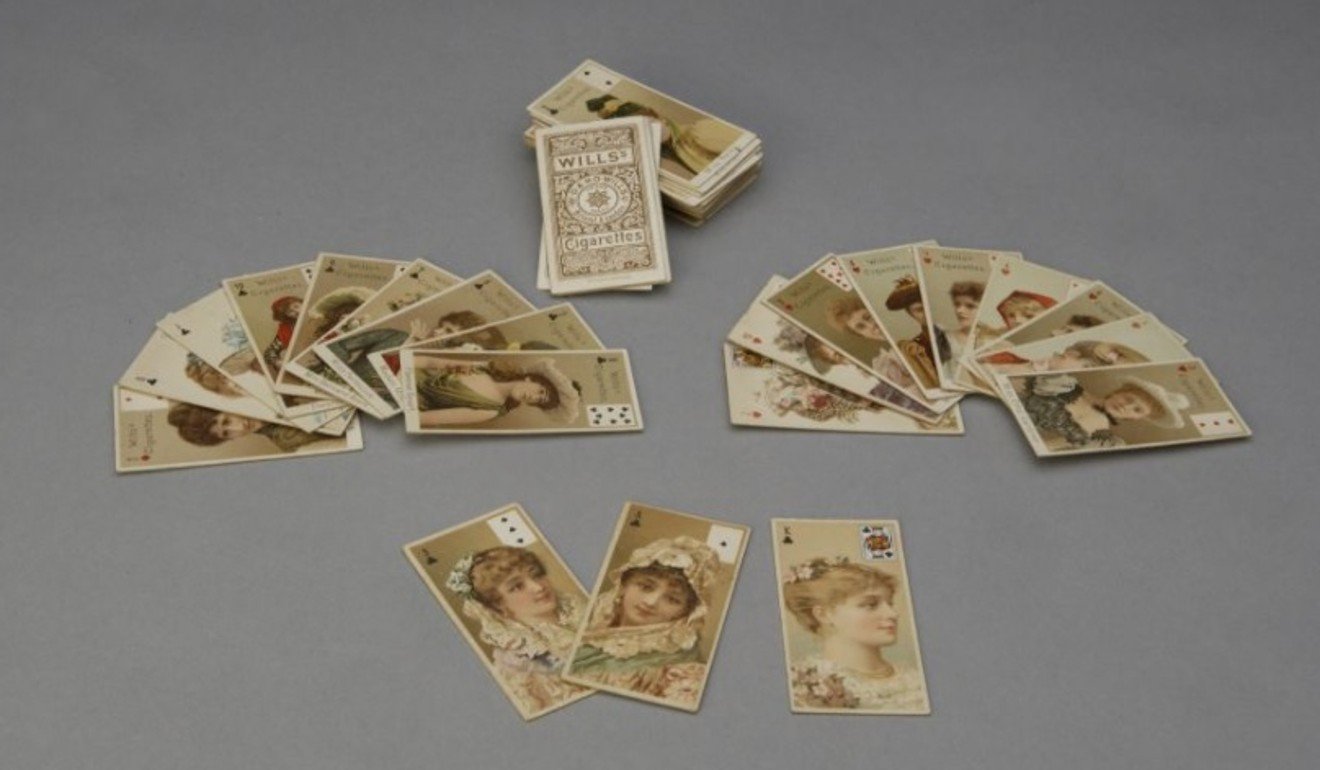
The poker cards shown here were made by British tobacco importer and cigarette manufacturer, WD & HO Wills. The drawings on the cards reveal the fashion style of bourgeoisie women at the time.
Under the influence of his English teacher Johnston, Puyi fell in love with British culture and customs. According to the Palace Museum, Puyi and Empress Wanrong played poker to kill time.
The plastic manual fan
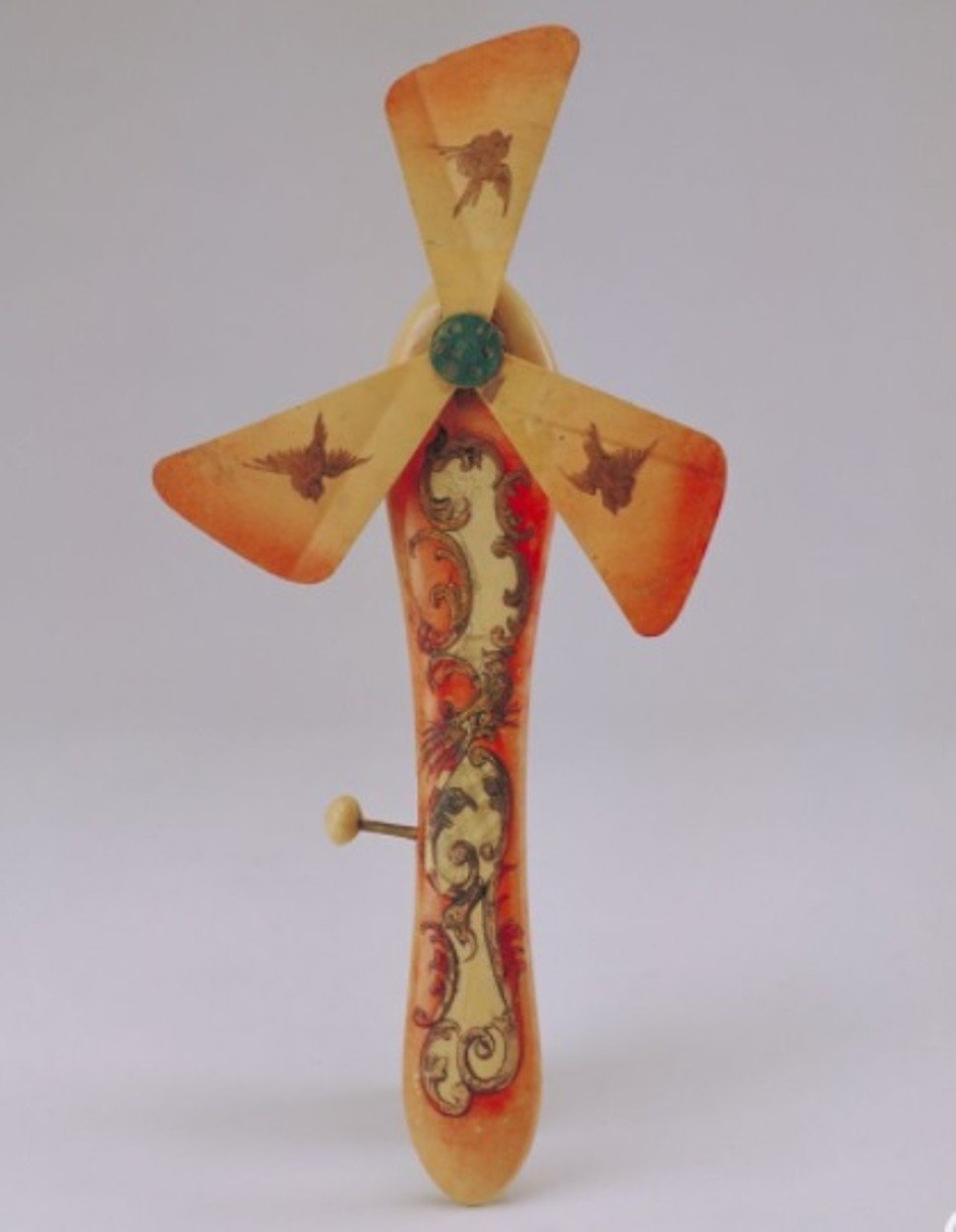
A plastic manual fan adorned with a golden pattern was a toy of Puyi’s. To start the fan, he pushed the button on the left of the handle.
Engraved tableware in pure gold
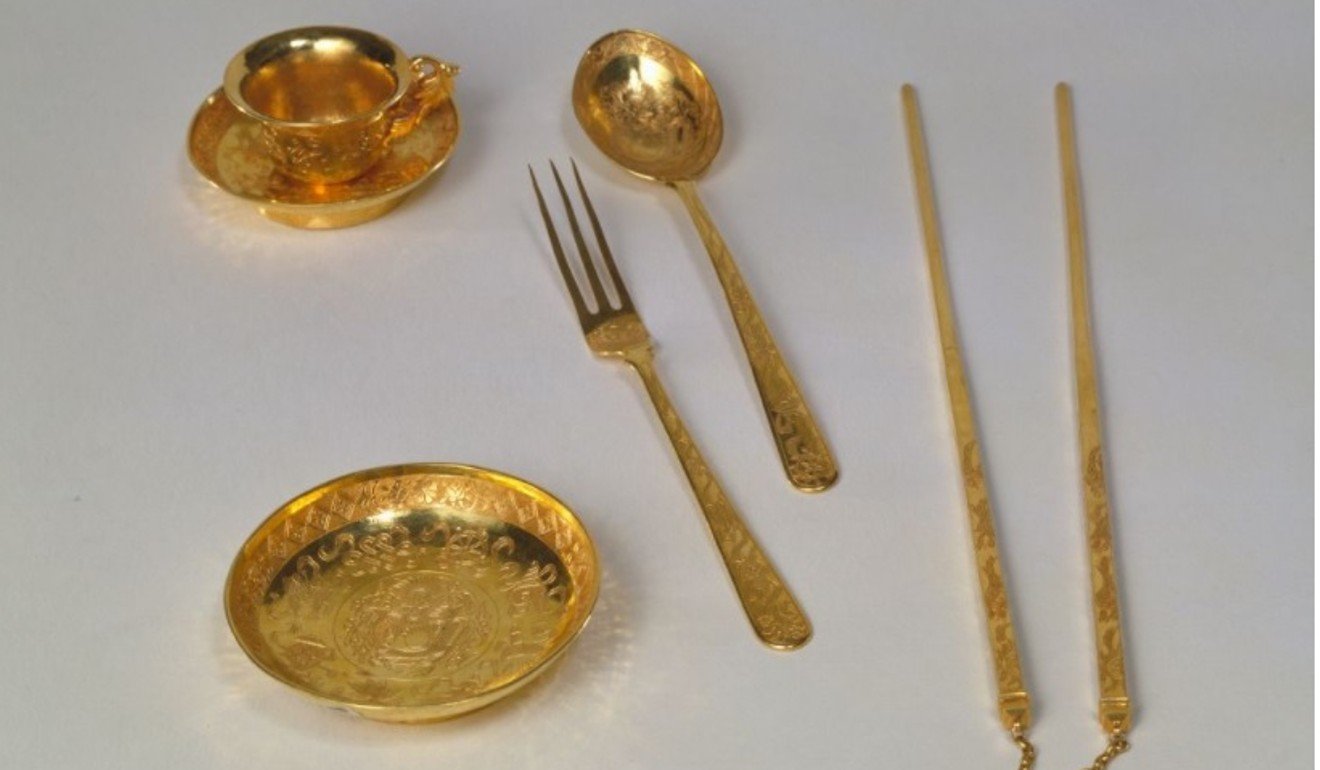
In 1924, Puyi was expelled from the Forbidden City and fled to Tianjin where he faced financial problems. He loaned this engraved tableware set of pure gold to the Yien Yieh Commercial Bank in Tientsin to sustain his extravagant lifestyle.
The set was returned to the Palace Museum in 1951 after the Chinese Communist Party came to power.
The royal chained seals of Emperor Qianlong
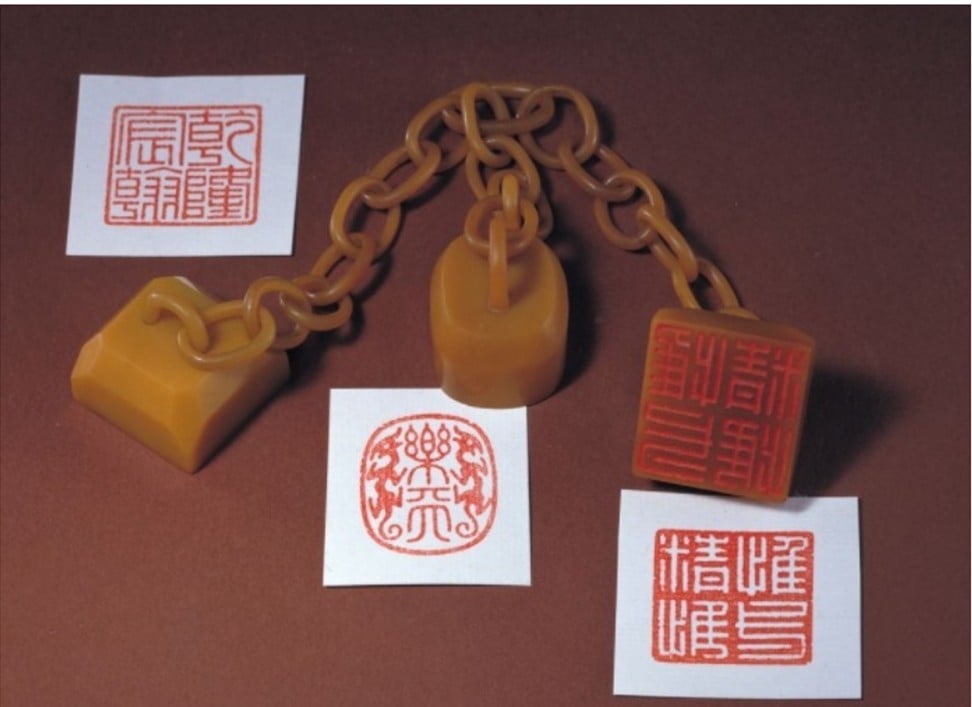
The three chained seals were carved from a single piece of raw boulder in Tianhuang, The boulder was one of the most expensive gemstones in China.
Emperor Qianlong, the sixth ruler of the Qing dynasty, originally owned the seals. After Qianlong’s death, the seals were passed to his descendants and eventually to the last monarch Puyi, who carried them with him after he was expelled from the Forbidden City in 1924.
The seals were then returned to the government in 1950 when Puyi went back to China as a war criminal.

Today marks the 50th anniversary of the death of China’s last emperor – Puyi. The archives of Beijing’s Palace Museum reveal his forgotten treasures, from playthings during his childhood to his iconic round spectacles